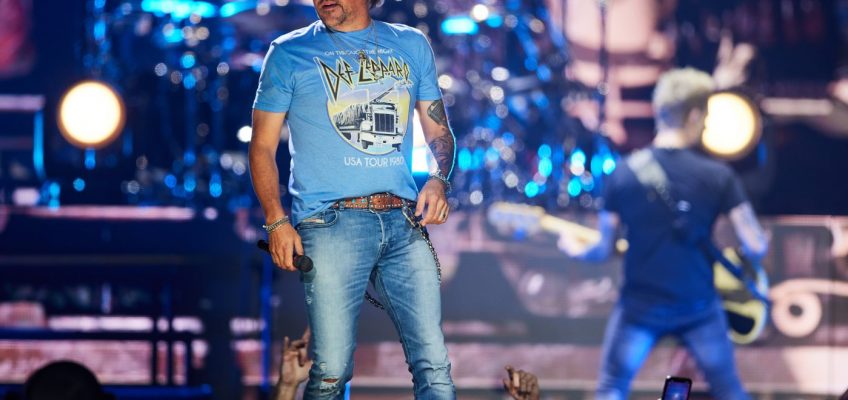Today is Sunday, Sept. 7, the 250th day of 2025. There are 115 days left in the year.
Today in history:
On Sept. 7, 1986, Bishop Desmond Tutu was installed as the first Black clergyman to lead the Anglican Church in southern Africa.
Also on this date:
In 1921, the first Miss America Pageant was held in Atlantic City, New Jersey.
Related Articles
Postal traffic to US sank 80% after Trump administration ended exemption on low-value parcels
How Donald Trump is weaponizing the government to settle personal scores and pursue his agenda
How romance and a road trip led to the purchase of the world’s oldest drive-in theater
Today in History: September 6, President McKinley fatally shot
Thousands of newborn stars dazzle in the latest snapshot by NASA’s Webb Space Telescope
In 1940, Nazi Germany began an intense bombing campaign of Britain during World War II with an air attack on London; known as The Blitz, the eight-month campaign resulted in more than 40,000 civilian deaths.
In 1943, a fire at the Gulf Hotel, a rooming house in Houston, claimed 55 lives.
In 1963, the Pro Football Hall of Fame opened in Canton, Ohio and enshrined its first 17 members.
In 1977, the Panama Canal Treaty, which called for the U.S. to turn over control of the waterway to Panama at the end of 1999, was signed in Washington by U.S. President Jimmy Carter and Panamanian leader Omar Torrijos.
In 1996, rapper Tupac Shakur was shot and mortally wounded on the Las Vegas Strip; he died six days later.
In 2005, police and soldiers went house to house in New Orleans to try to coax remaining residents into leaving the city shattered by Hurricane Katrina.
In 2021, El Salvador became the first country in the world to make Bitcoin legal tender.
Today’s Birthdays:
Jazz musician Sonny Rollins is 95.
Singer Gloria Gaynor is 82.
Actor Julie Kavner is 75.
Rock singer Chrissie Hynde (The Pretenders) is 74.
Actor Corbin Bernsen is 71.
Actor Michael Emerson is 71.
Pianist-singer Michael Feinstein is 69.
Singer/songwriter Diane Warren is 69.
Actor J. Smith-Cameron is 68.
Actor Toby Jones is 59.
Actor-comedian Leslie Jones (TV: “Saturday Night Live”) is 58.
Actor Tom Everett Scott is 55.
Actor Shannon Elizabeth is 52.
Actor Oliver Hudson is 49.
Actor Evan Rachel Wood is 38.
Olympic gold medal swimmer Ariarne Titmus is 25.
Actor Ian Chen (TV: “Fresh Off the Boat”) is 19.




